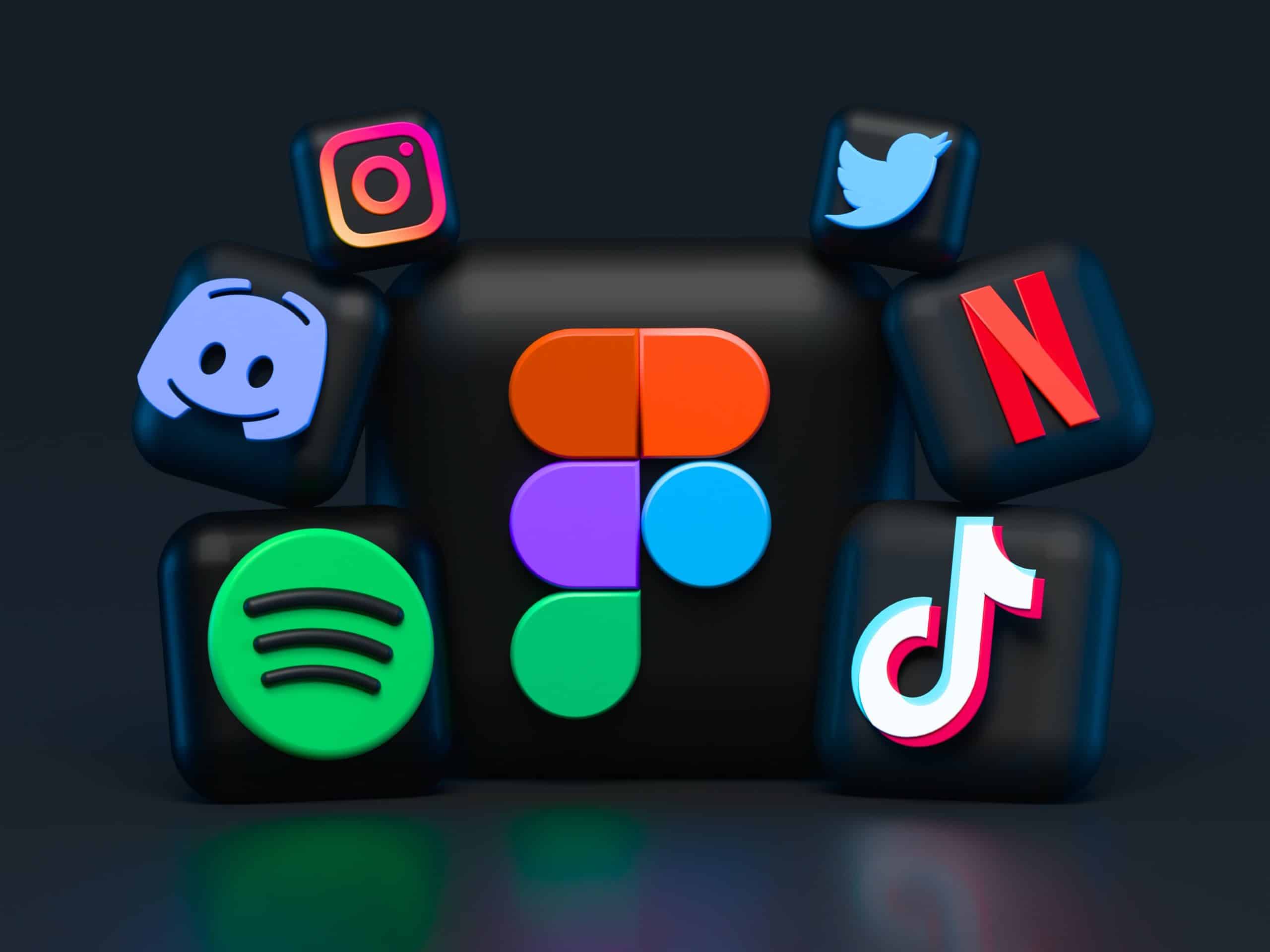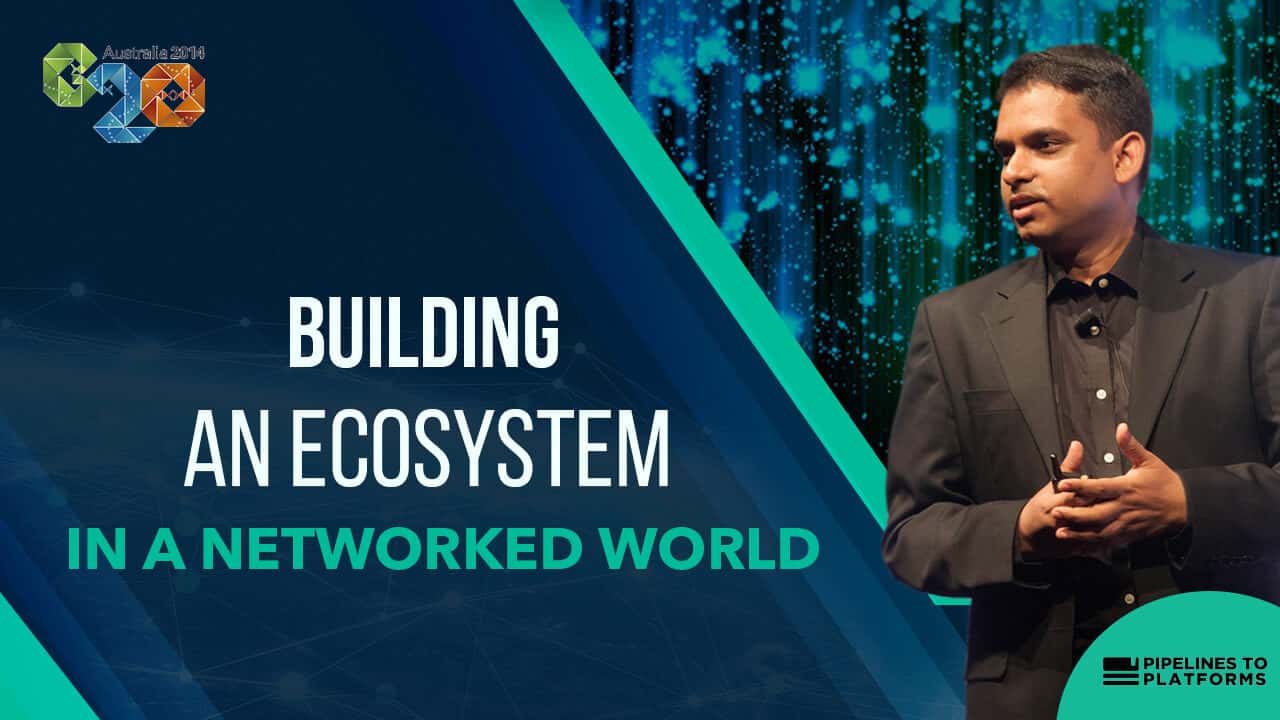Growth
Micro-Universe: How Facebook, LinkedIn, Yelp and Etsy exploited pre-existing network structures.
Facebook Harvard Seeding Growth Traction – Exploring the Role of Harvard’s Seeding Strategy in the Rapid Growth and Traction of Facebook.
This is a follow-up post on the series on conquering a micro-universe, the first two parts of which can be read here and here. In my subsequent interactions with some of the readers, I realized that there seems to be some confusion about the term, and I just wanted to clarify it here. A micro-universe is not the same as a target group, an early adopter base, a niche or a test market. It’s not just about starting small. There are several other factors about a micro-universe that increase the chances of success while building a network. The reason I call it a micro-universe is because it has the characteristics that you would want in the final user base that you are aiming for.
A short note on network structures
Let’s look at how networks are structured. We typically see the following structures:
- User – User: All social networks have the user-user structure at a minimum. Users have direct relationships with each other.
- User – Object – User: Social products which are built around seeds have this structure. Yelp (Reviewer – Restaurant – Review Reader) and TripAdvisor (Reviewer – Hotel/Travel Spot – Review Reader) are examples of this structure. Users do not necessarily have direct relationships in this structure.
- User – Product – User: Wikipedia is an example of a network where users have almost no interaction with each other except that some produce the product (Wiki articles), and others consume it.App stores are another example. Users do not have direct relationships in this structure.
The difference between the second and third case is that in the second case, the seed is put in by the platform while it is created by the producers in the third case. Most platforms are a combination of 2 or more of the above. Quora and Pinterest are a combination of 1 and 3 while Foursquare follows a combination of 1 and 2.
Micro-universe and network structure
The most desirable characteristic of a micro-universe is that it should already have some elements of one or more of the above network structures. This drastically increases the rate at which an online network can be built on top of it. A micro-universe already has an existing ‘offline social network’, and you are merely bringing it online. Here are a few examples:
- Harvard University students already had existing social connections offline. They shared similar tastes, were in a geographically contained area and often interacted within a closed group. The User-User network that Facebook was trying to build already existed offline within this micro-universe.
- People in the tech community in San Francisco already discussed their favorite restaurants before Yelp started. Offline conversations were already clustering around popular restaurants. Yelp was working on top of this existing offline dynamic.
- People in Silicon Valley already had an existing address book and Rolodex. LinkedIn offered to bring it online with the added value of a self-updating Rolodex.
- Craftmakers were already interacting on particular online forums. Etsy targeted them and rode on their existing interactions on these forums.
Micro-Universe: How Facebook, Linkedin, Yelp And Etsy exploited pre-existing network
Feel Free to Share
Download
Download Our Insights Pack!
- Get more insights into how companies apply platform strategies
- Get early access to implementation criteria
- Get the latest on macro trends and practical frameworks
Factors determining choice of micro-universe
The key for all the micro-universes above was that:
- There already was a high density of offline interactions within the micro-universe. e.g. If Yelp had started by targeting reviews for dentists instead of restaurants, it would not have had the luxury of leveraging the same density of offline interactions. In a similar way, if Facebook had started by targeting a city, say, Boston, instead of a college, say, Harvard, there would have been far weaker offline interactions to build on top of. A high density of offline interactions is important for initial word of mouth. This is one of the advantages, I believe, LinkedIn (in the context of networking) had in starting in the valley and not in some other part of the world.
- The users within the micro-universe were fairly homogeneous for the purposes of the network: If Facebook had targeted all of Boston, instead of a closed group like Harvard, a high level of initial activity would have been unlikely.
A micro-universe is very different from the general term ‘early adopter’ which is often characterized more by ease of targeting and tech savviness than by network structure. When you’re seeding a platform, you need not just eyeballs and users but active interactions. Otherwise you just have a set of nodes, not an actual network. The principle of the micro-universe also extends to explain why it is so much easier to start a network by piggybacking an online network. You have high-density interactions plus the users are already online. Other factors determining choice of micro-universe
- If the platform involves offline interactions, the micro-universe should minimize the offline physical distance/friction between users: e.g. If you’re starting a network for trading used books offline, the chances of the community taking off increases when you target a community which has minimum offline barriers to allow easy trading. e.g. targeting a particular college would reduce barriers to participation as compared to targeting a particular city.
- The micro-universe should maximize off-platform word of mouth opportunities: In addition to the product delivering delight, word of mouth depends on the amount of investment required to spread the word. Hence, I feel choosing a closed community as a micro-universe, where users already interact a lot, really helps. In the offline world, this could be a university campus, a corporate or a club (especially relevant for seeding networks targeted at premium users). In the online context, this would refer to existing forums with a large degree of activity and pre-existing relationships. Creating an app on Facebook is not the solution here as users aren’t already interacting in the context of your service. Pre-existing interactions in your context help spur the word of mouth.
These are some of the reasons why I’m a big fan of seeding communities within closed groups, getting interactions to work and then growing it beyond. This does not refer to a general early adopter demographic or the target market we talk of in traditional marketing. It specifically refers to a self-contained, fairly homogeneous, online or offline group with pre-existing interactions and minimum distance/friction. I would just like to clarify that the above point about a micro-universe applies only to platforms and communities, not to one-sided businesses like a SaaS business or an eyeball-based media business. Naturally, this won’t work perfectly for every platform but the ones that are able to successfully identify and penetrate a micro-universe increase their chances of success.
TWEETABLE TAKEAWAYS
Micro-Universe: How Facebook, Linkedin, Yelp And Etsy exploited pre-existing network Share this
Build networks on networks Share this
Networks grow on other networks of activity Share this
State of the Platform Revolution
The State of the Platform Revolution report covers the key themes in the platform economy in the aftermath of the Covid-19 pandemic.
This annual report, based on Sangeet’s international best-selling book Platform Revolution, highlights the key themes shaping the future of value creation and power structures in the platform economy.
Themes covered in this report have been presented at multiple Fortune 500 board meetings, C-level conclaves, international summits, and policy roundtables.
Subscribe to Our Newsletter












